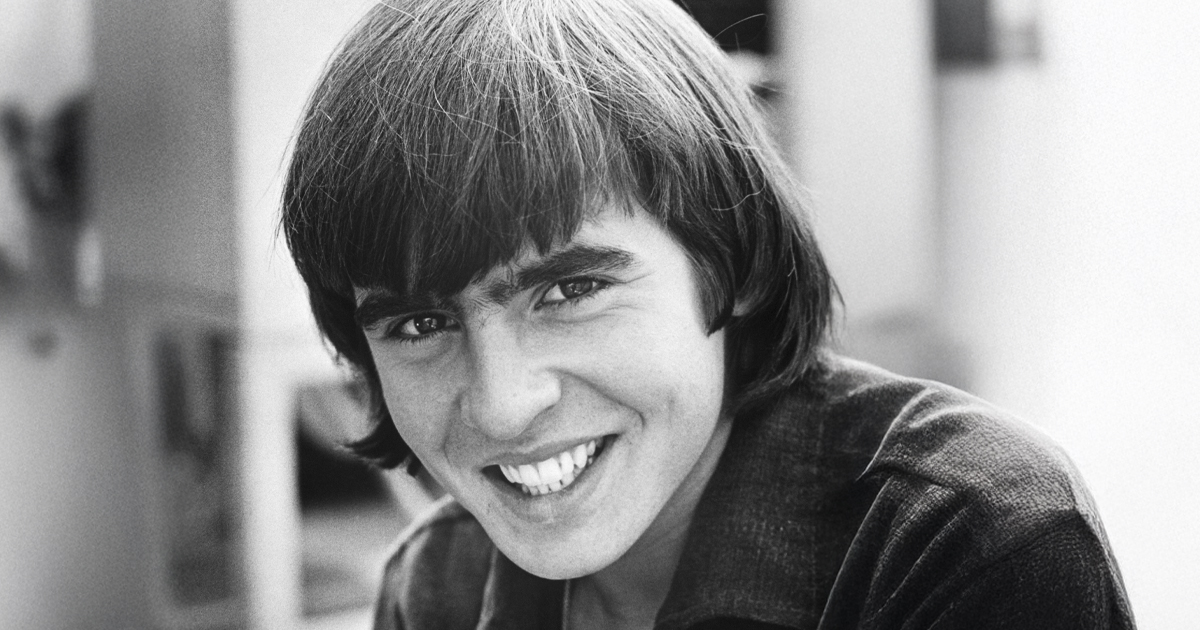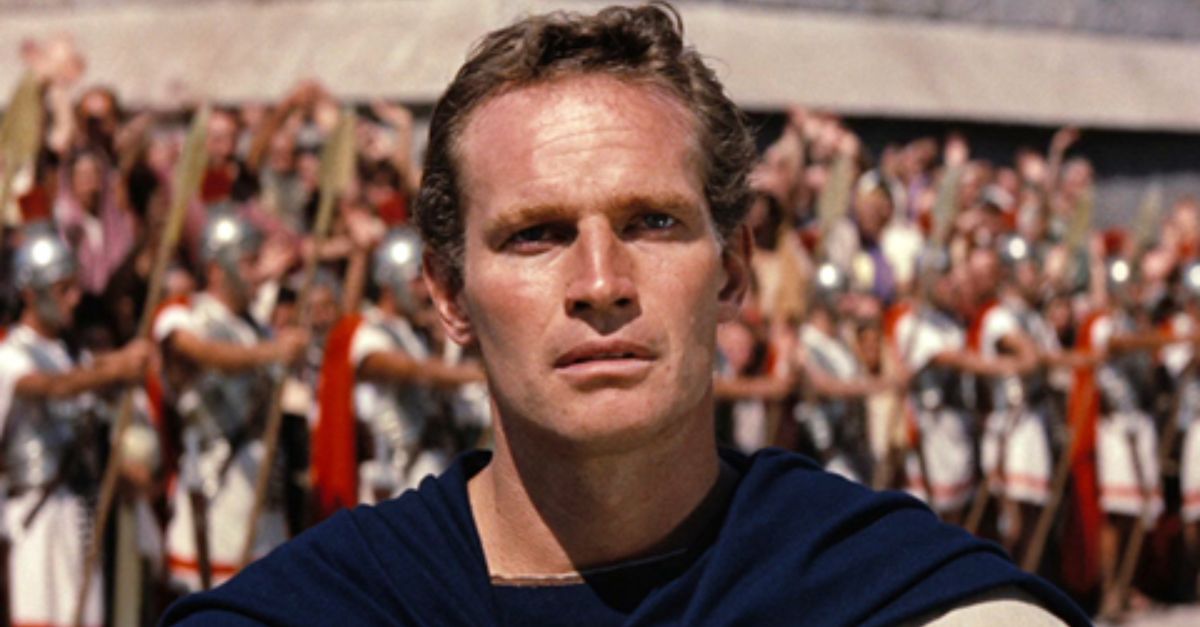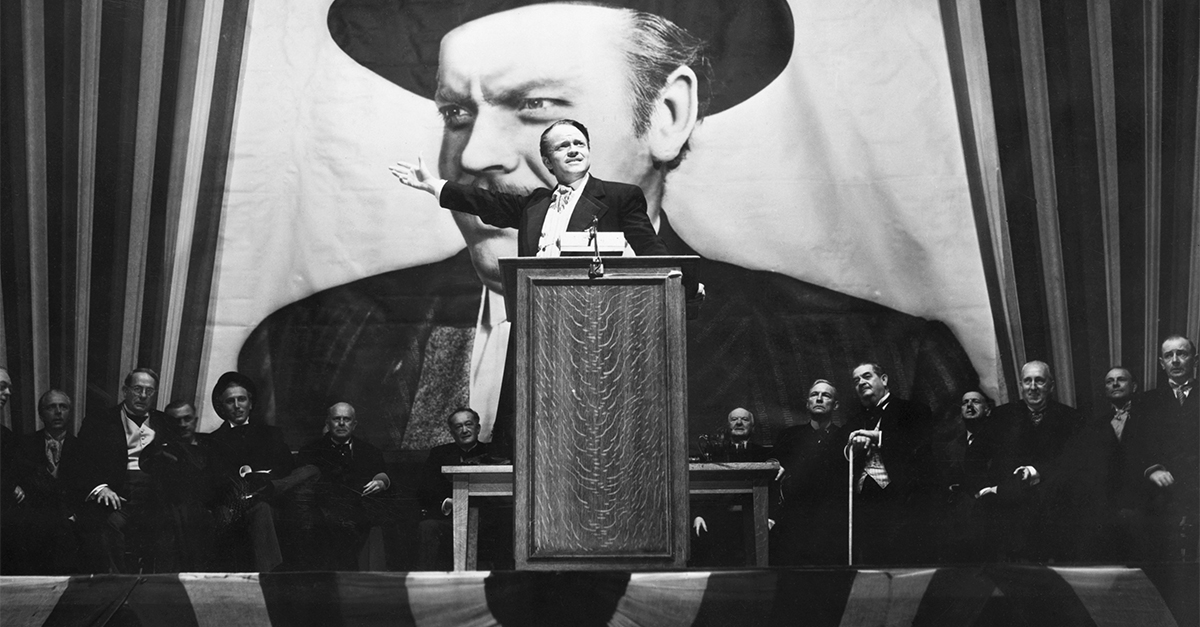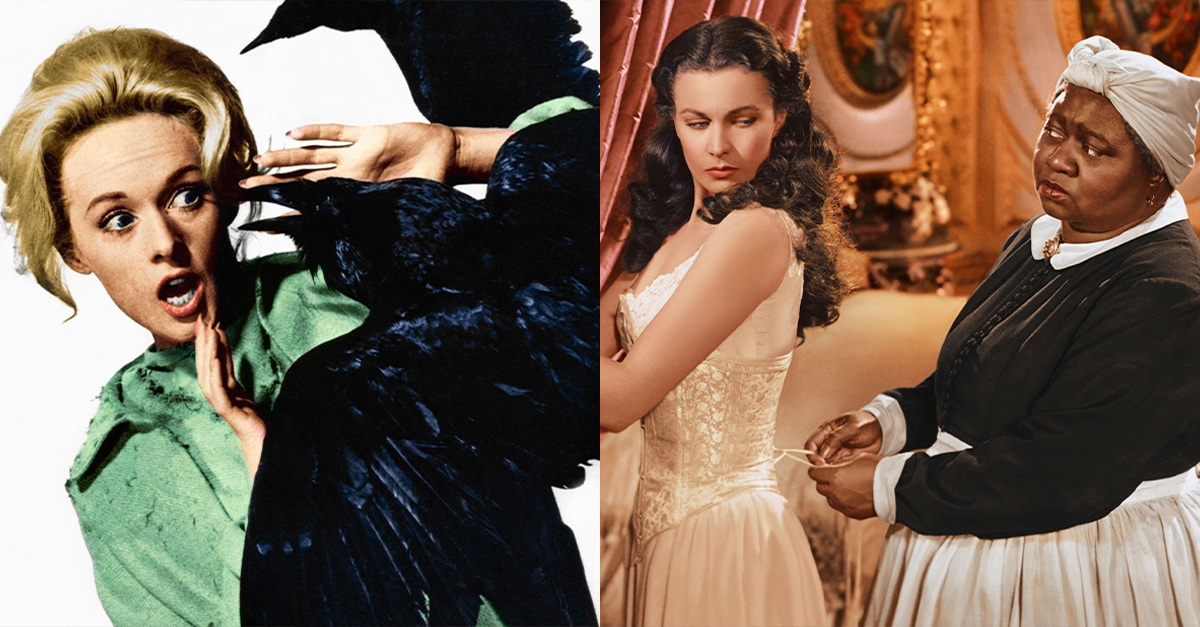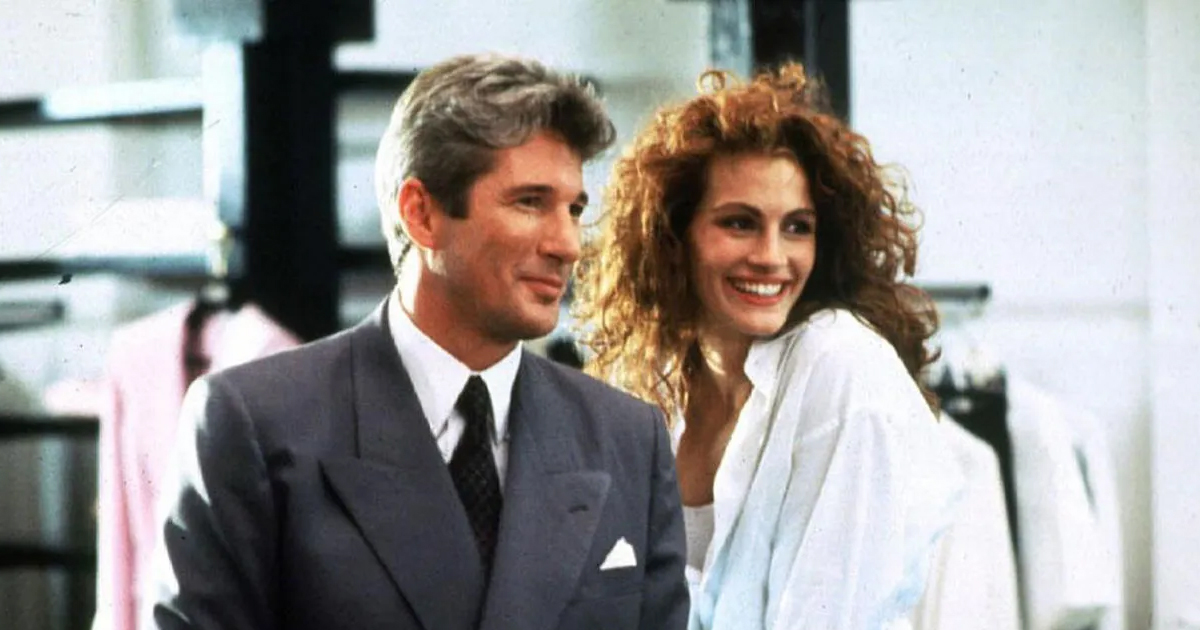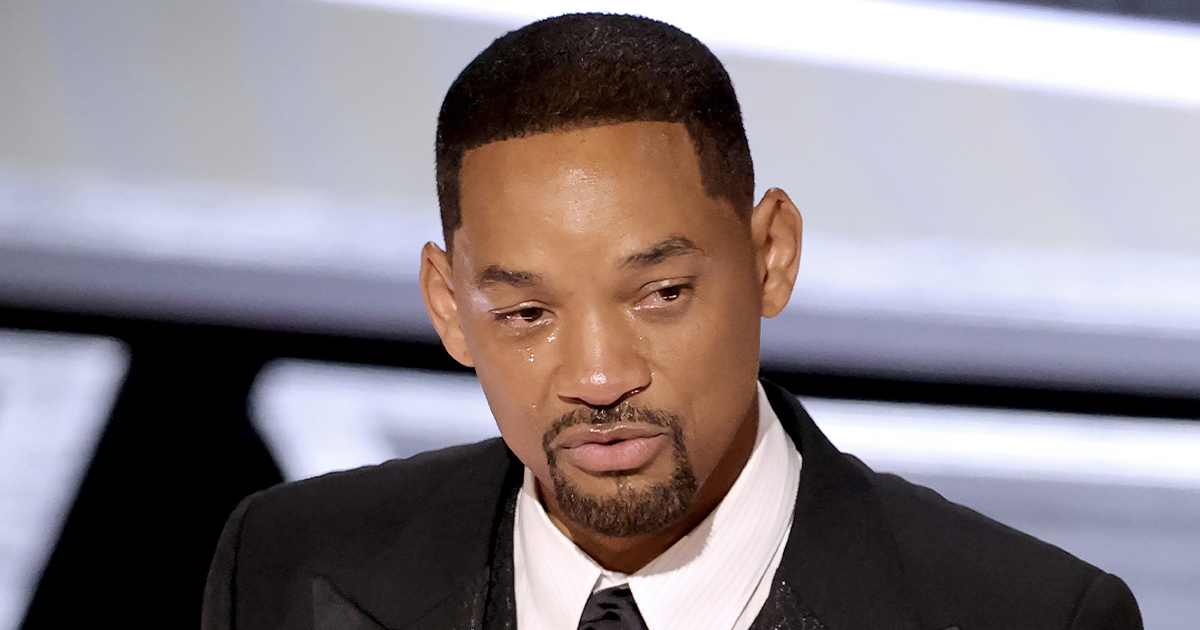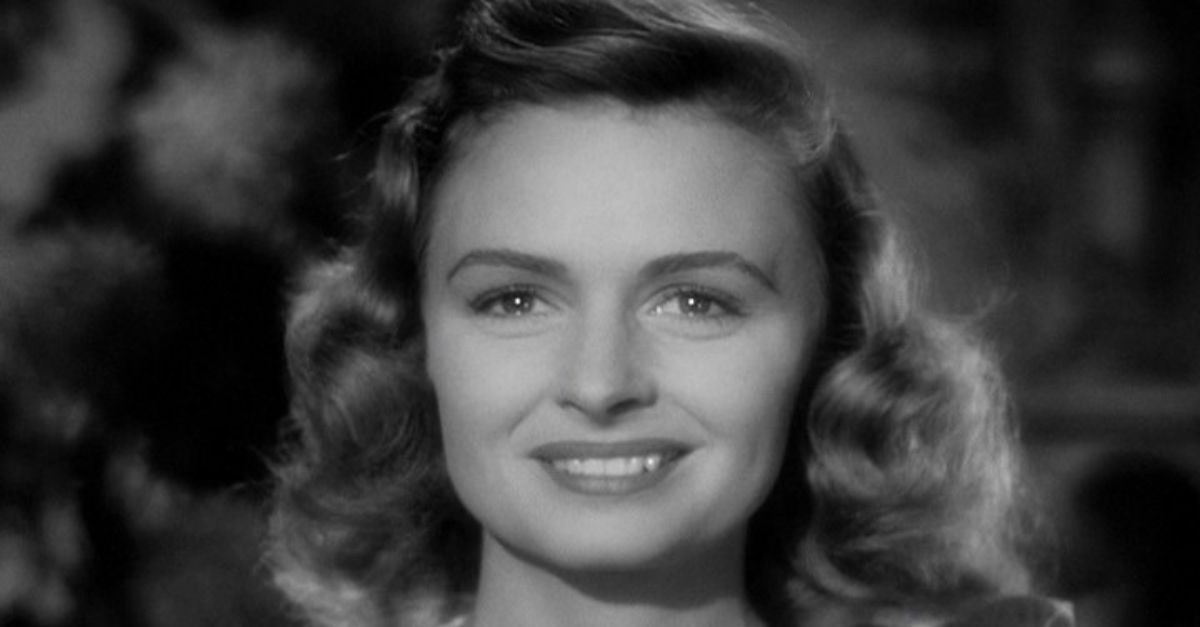He Was Just Monkeying Around
Davy Jones rose to fame as the lead singer of the made-for-TV band, The Monkees. Funny enough, his real passion was horses. Even so, his life was full of enough monkey business to occupy a zoo. In 1967, Jones vanished from the spotlight, going into hiding for several weeks. When he finally returned—fans were shocked to find out he had not one, but two disturbing secrets.
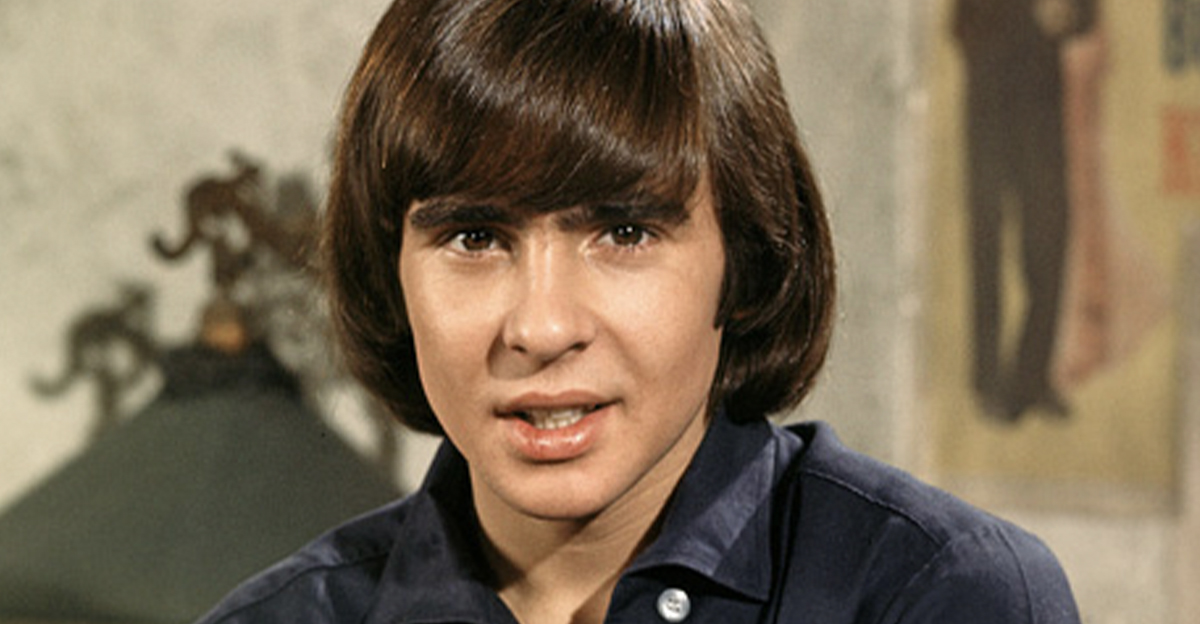
1. He Had Humble Beginnings
David Thomas Jones would rise to fame as the teenage heartthrob lead of The Monkees. But he had very humble beginnings. Born on December 30, 1945, in Longsight, England, he grew up surrounded by three sisters. However, tragedy struck early when his mother succumbed to emphysema.
He was just 14 years old at the time, but he was already a star in the making.
2. He Made A Soap-y First Impression
Before he was monkeying around with a band, Jones was causing drama on the small screen. His first acting gig was a one-episode appearance on the long-running British soap opera, Coronation Street. On the show, he gained some recognition as the grandson of Ena Sharples and seemed poised for bigger things. Then he changed his mind.
 Davy Jones on Coronation Street in 1961, Colleen Gruver
Davy Jones on Coronation Street in 1961, Colleen Gruver
3. He Swapped Scripts For Saddles
After his mother’s passing, Jones forgot all about stardom. Instead, he dreamed of saddles. Perhaps finding solace in the notably empathetic beasts, Jones set his sights on becoming a jockey and signed up to train at the prestigious Newmarket stables. He wasn’t just horsing around, either.
4. He Quit School For Horses
While other kids were beating the books and focusing on exams, Jones couldn’t keep his mind off the track. In a bold move, he dropped out of secondary school to pursue his dream of becoming a jockey. His plans lasted about as long as a gallop before fate put him back on the right path.
5. He Was “The Kid” For The Job
Jones couldn’t run away from show business even if he wanted to. Jones’ horse jockey trainer, Basil Foster, just so happened to be friends with a casting director. A casting director who was in desperate need of a teenage cast member. “I’ve got the kid,” Foster told his friend.
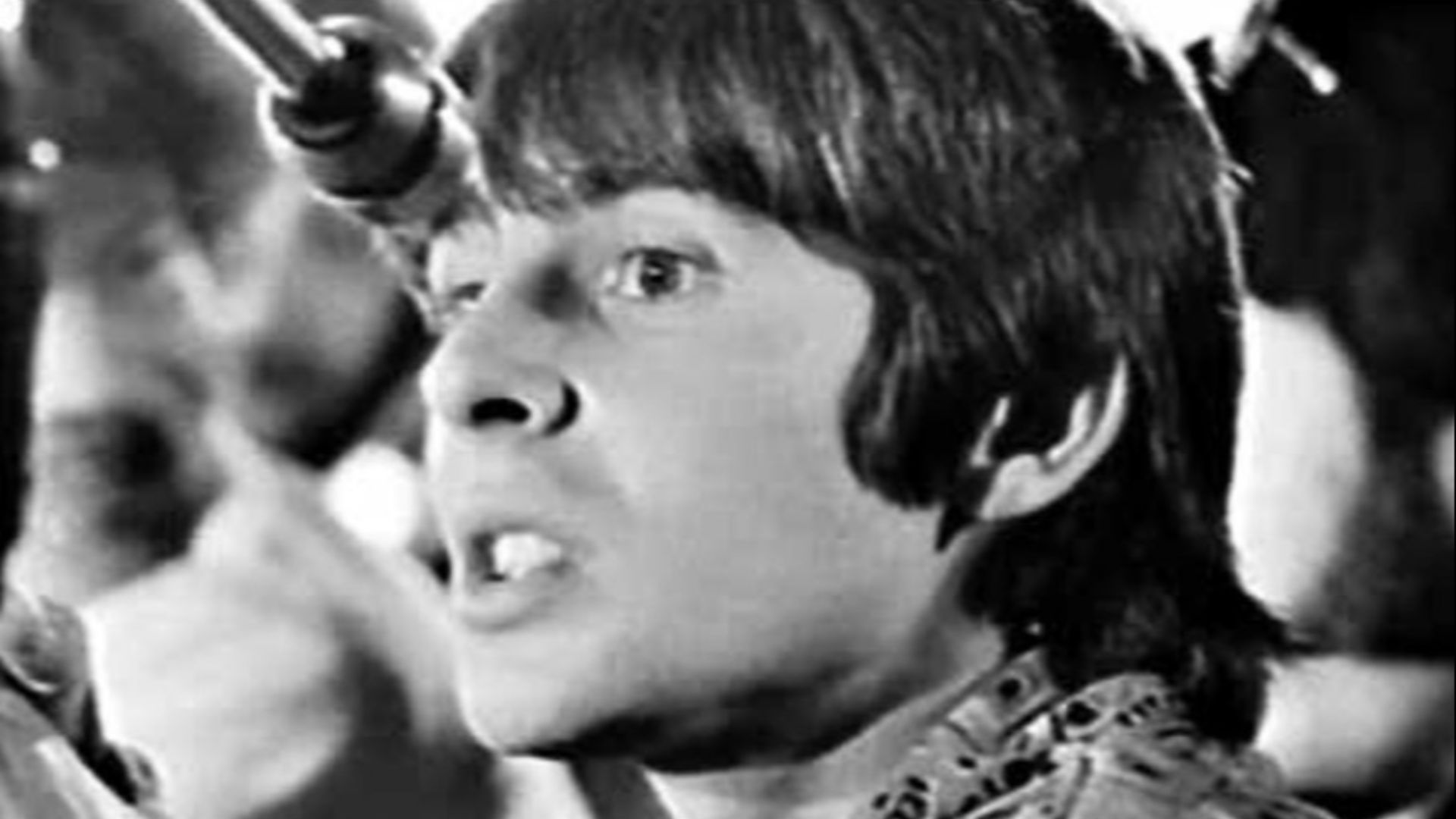 Greg Lee, State Library of New South Wales from Australia, Wikimedia Commons
Greg Lee, State Library of New South Wales from Australia, Wikimedia Commons
6. He Played A Bad Character (In A Good Way)
Despite thinking Jones had a future in horse racing, Foster nudged him back toward the stage—and the rest was showbiz history. Foster connected Jones with his casting director friend, and, not surprisingly, he landed the role of the Artful Dodger in a production of Oliver!.
Just like that he was off to the races—or, back from the races.
 ★Vintage Davy Jones (Rare)★, VidBrats
★Vintage Davy Jones (Rare)★, VidBrats
7. He Dodged Right Into A Tony Nod
Jones’ return to the stage as Artful Dodger was a triumph. Audiences poured into theaters from London’s West End to New York’s Broadway and fell in love with the cheeky little actor. In fact, Jones was so convincing as Artful Dodger that he landed a Tony Award nomination.
Fame was, after all, what he really wanted.
8. He Was Backstage At The Beatles
When the Beatles made their historic US debut on an episode of The Ed Sullivan Show, guess who was also on the bill that night? That’s right—our favorite Artful Dodger, Davy Jones. With wide eyes, Jones watched the entire performance from backstage. It changed his life forever.
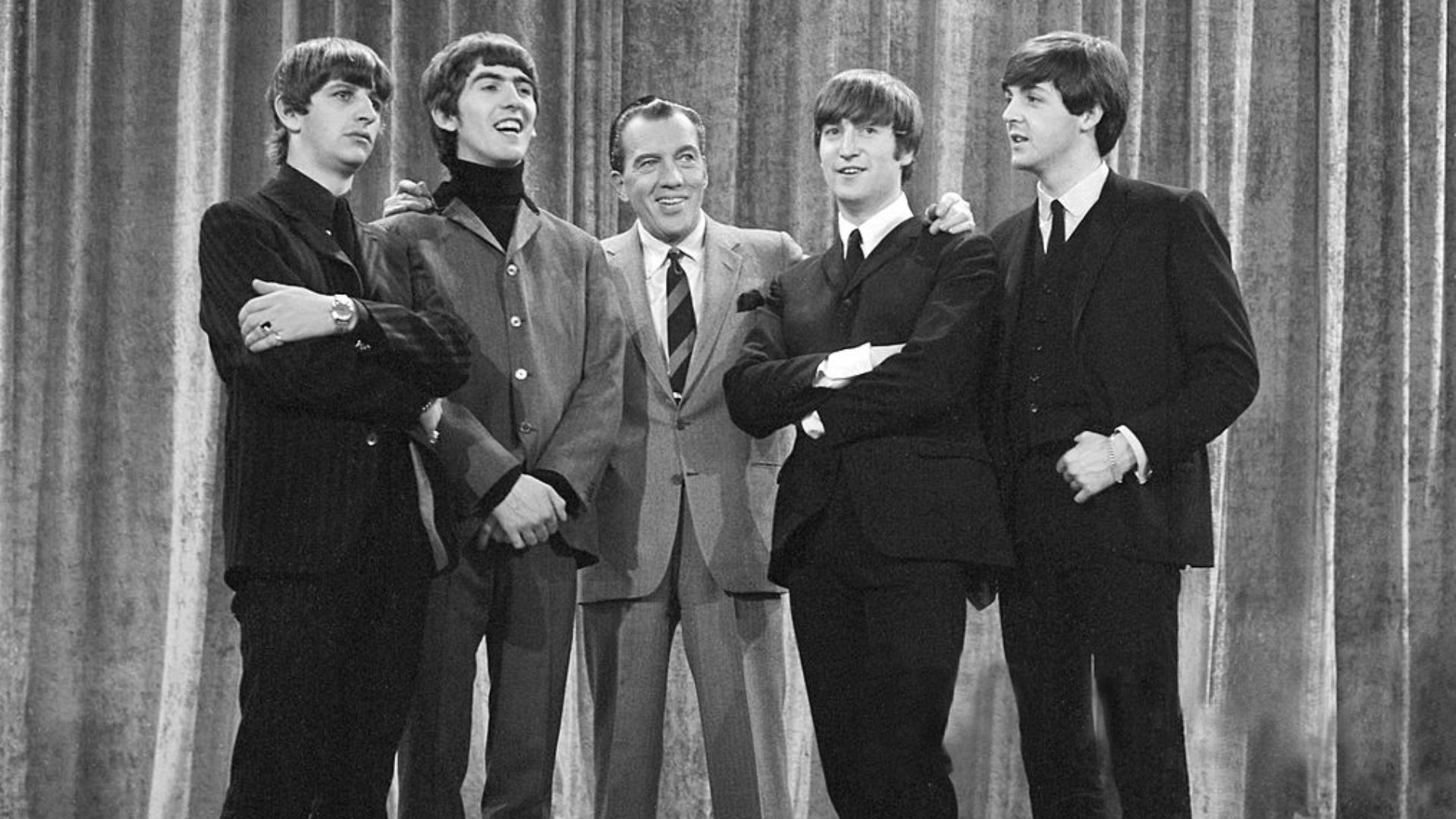 CBS Television, Wikimedia Commons
CBS Television, Wikimedia Commons
9. He Wanted Some Beatlemania For Himself
As he watched the Beatles turn the live crowd of young women and girls into a screaming gaggle, Jones had an idea. He wanted some of that action for himself. In his own words, he recalled the momentous night, saying, “I watched the Beatles from the side of the stage, I saw the girls going crazy, and I said to myself, this is it, I want a piece of that”.
He would get his piece, alright.
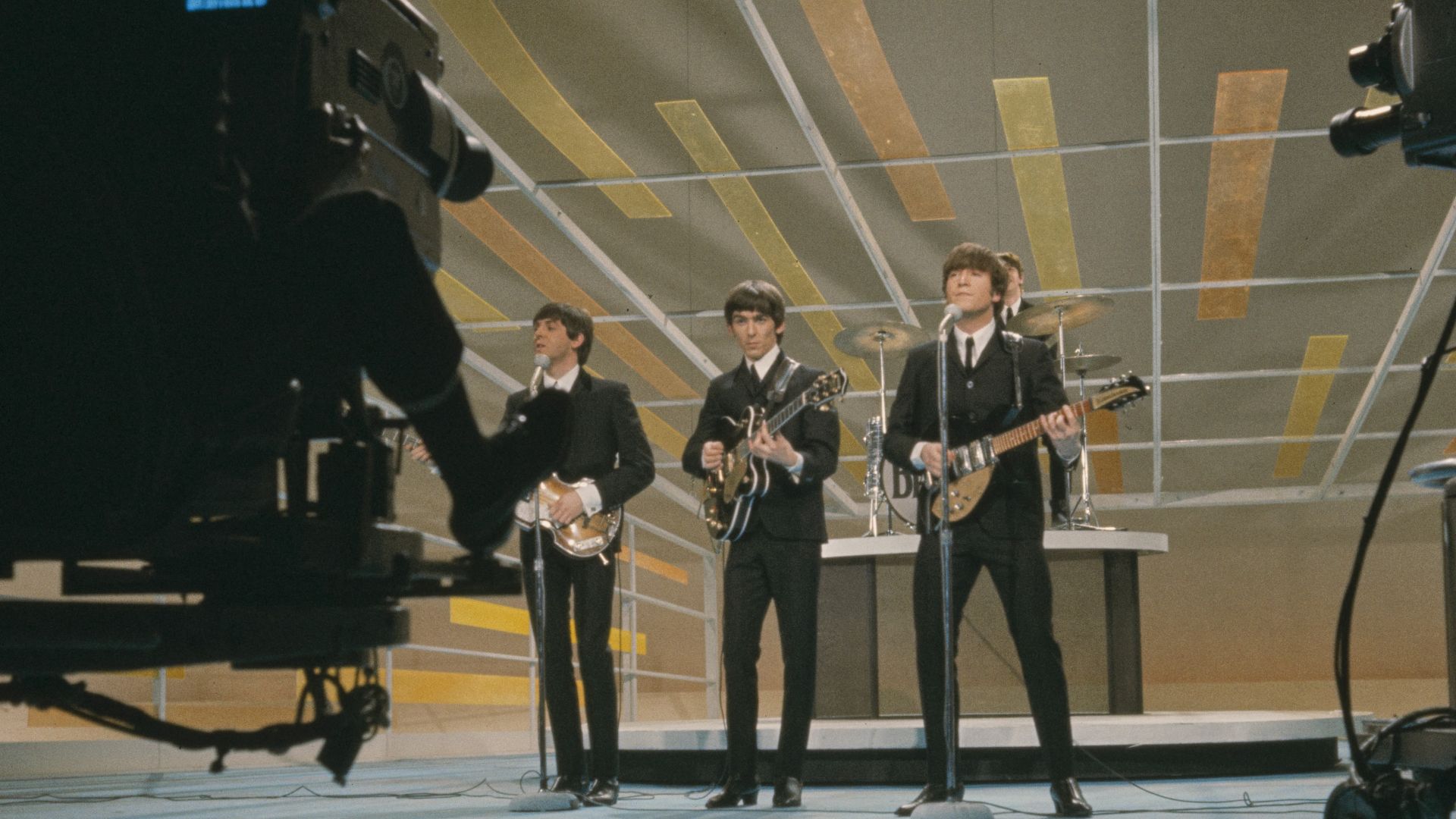 Bernard Gotfryd, Wikimedia Commons
Bernard Gotfryd, Wikimedia Commons
10. He Signed With The Big Screens
The Beatles weren’t the only ones to get their big break on The Ed Sullivan Show. Jones, following his own appearance that night, caught the eye of Screen Gems executive Ward Sylvester. Soon enough, Jones was popping up in American TV shows like Ben Casey and The Farmer’s Daughter. But if he wanted a taste of Beatlemania, he would need a band.
So, once again, he changed his tune.
 Colpix Records, Wikimedia Commons
Colpix Records, Wikimedia Commons
11. He Hit The Charts On His Own
Before he was monkeying around with The Monkees, Jones had started a successful solo career. Swinging off the vine of his solo single “What Are We Going To Do?”, Jones landed on the Billboard Hot 100 at #93. It was a respectable introduction for the 19-year-old Brit, but bigger things were coming.
 Davy Jones- What Are We Going to Do? (Shindig!) 1965, Gemma
Davy Jones- What Are We Going to Do? (Shindig!) 1965, Gemma
12. He Became A Monkee
In 1966, Jones officially joined The Monkees—a made-for-TV band that became a real-life musical sensation. From sitcom scripts to screaming fans, Jones found himself living the Beatlemania dream he’d once envied. Surprisingly, he almost missed his big break.
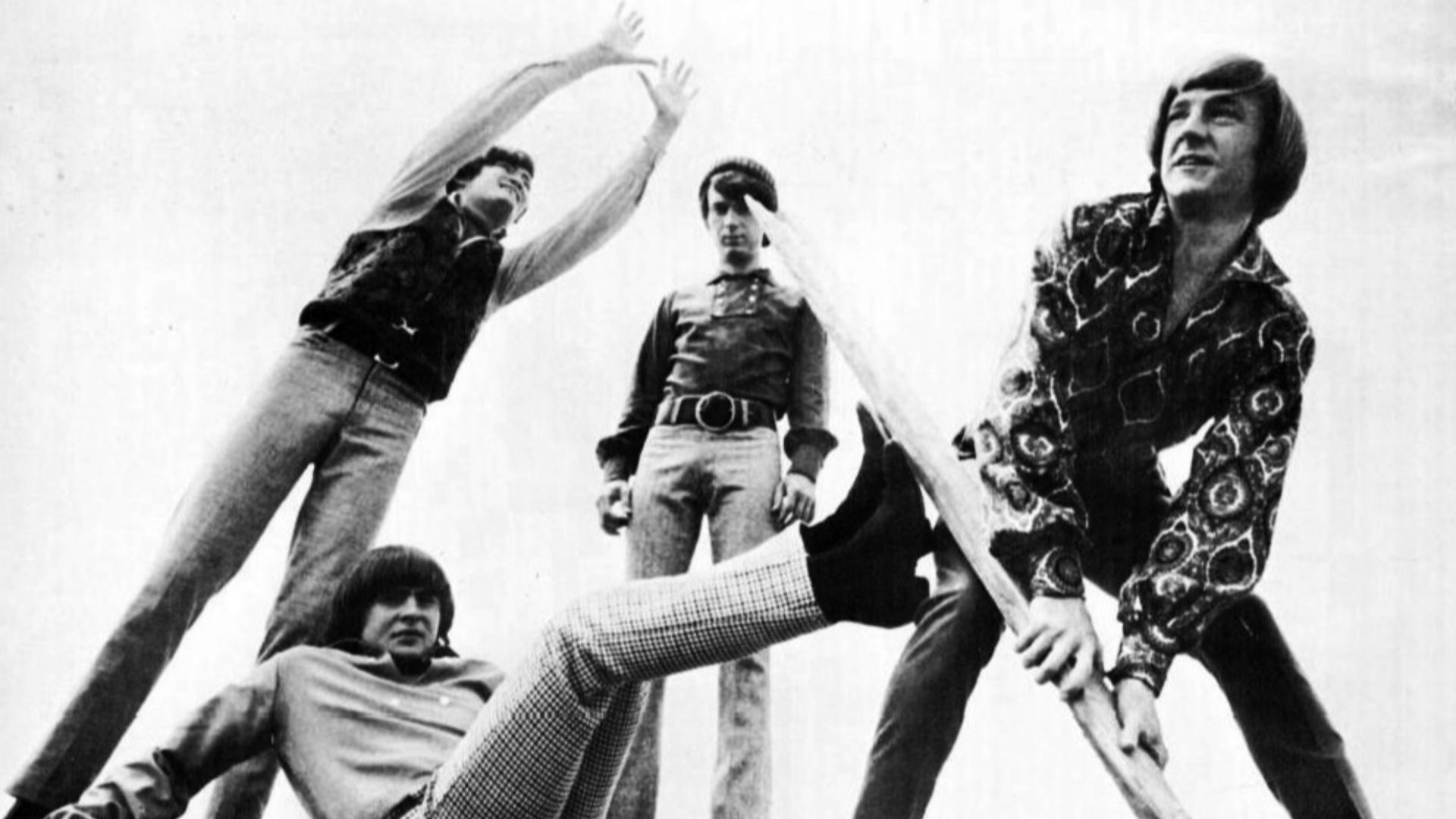 Colgems Records, Wikimedia Commons
Colgems Records, Wikimedia Commons
13. He Had To Audition Like Everyone Else
Despite being under contract with Screen Gems, Jones didn’t just get his spot with The Monkees on a silver platter. Producers Bob Rafelson and Bert Schneider still made him audition for the role, ensuring that he met the show’s and band’s rigorous standards.
And he had some serious competition.
 Davy Jones - Monkees Audition, CRITERION
Davy Jones - Monkees Audition, CRITERION
14. His Show Was Based On The Beatles
Not only did the Beatles inspire Jones to pursue fame in a band, they inspired the show that would make him famous! The Monkees producers later admitted that they felt inspired by The Beatles’ hit film A Hard Day’s Night in coming up with the concept for their show. But their original idea did not include Jones.
15. He Was Plan B
The Monkees producers originally wanted to cast an existing band for their show. Their band of choice was called Lovin’ Spoonful, a Manhattan based group with little traction. When that fell through, however, they pivoted to auditions and focused on Jones. They knew immediately that they had a star—but not everyone felt the same.
 Davy Jones - Monkees Audition, CRITERION
Davy Jones - Monkees Audition, CRITERION
16. He Ruffled Some Feathers
The band’s songwriter, Snuff Garrett, picked Jones to sing lead for The Monkees’ early tracks. However, that decision didn’t sit well with the rest of the band and tensions flared before the episode even aired. To ease the tensions, the producers turfed Garrett. Truthfully, Jones’ talents were better off in the background.
 Michael Ochs Archives, Getty Images
Michael Ochs Archives, Getty Images
17. He Could Actually Play Drums
According to bandmate Peter Tork, Jones was a much better drummer than he was a frontman. Tork argued that Jones should have been behind the kit during the band’s live shows. But there was one small problem—emphasis on small.
 Michael Ochs Archives, Getty Images
Michael Ochs Archives, Getty Images
18. He Was Too Short To Drum
Even though Jones could rock out on the drums, the producers worried about burying him in the back—actually. With a short stature, they feared that no one would see him behind the drum kit. So, they stuck with the decision to put him front and center. It seemed like a recipe for success—but it was more of a disaster.
19. The Pilot Was A Flop
The original pilot episode for The Monkees, “Here Come the Monkees” aired in 1966. And it flopped harder than a gorilla slipping on a banana peel. The pilot episode scored record-low ratings and cast doubt on Jones’ appeal as a frontman.
Thankfully, the producers gave it one more shot—and Jones' career was about to make or break.
 The Monkees Pilot Here Come the Monkees Opening, The Tone Poets20. He Saved The Show
The Monkees Pilot Here Come the Monkees Opening, The Tone Poets20. He Saved The Show
Thankfully for Jones, the studio didn’t give up hope on The Monkees just yet. They released an edited version of the pilot that featured Jones’ original screen test. This time, they set records in a different way. The pilot got sky-high ratings, turning the burgeoning TV show into an overnight sensation.
Unfortunately, Jones didn’t exactly get credit for saving the show.
 Michael Ochs Archives, Getty Images
Michael Ochs Archives, Getty Images
21. He Got Peanuts
When The Monkees first hit the airwaves, Jones and his bandmates were barely making peanuts. Despite being the stars of a hit show, they only got $450 per episode. By the second season, their per-episode salary had gone up to $750. While that could buy a lot of bananas, it wasn’t exactly big bucks. In fact, Jones barely saw any cash from the show.
 The Monkees - Daydream Believer (Official Music Video), The Monkees
The Monkees - Daydream Believer (Official Music Video), The Monkees
22. He Missed Out On Monkee Merch
Despite their on-screen popularity and chart-topping record sales, Jones and the gang earned very little from all their Monkee merchandise. In fact, beyond their royalties from the music, they earned precisely zilch from the sale of popular Monkee merch such as lunchboxes, posters, and more.
But Jones wasn’t letting go that easily.
 The Monkees Mike Nesmith 8” retro Figure by Figures Toy Co., The Unboxers
The Monkees Mike Nesmith 8” retro Figure by Figures Toy Co., The Unboxers
23. He Took Them To Court
In the late 1970s, Jones and fellow Monkee, Micky Dolenz, took Columbia Pictures to court. In short, they wanted a cut of the merchandise money they had helped earn. Unfortunately, the payout was laughable: just $10,000 each.
24. He Went MIA—And The Rumors Went Wild
After the first season of The Monkees wrapped, with his newfound fame at its height, Jones did the unthinkable: he vanished. Without a word from the teenage heartthrob, fans began spinning wild yarns, suggesting that Jones was in mortal danger. The truth, however, was far stranger.
25. He Starved His Way Out Of The Draft
In reality, the reason for Jones’ disappearance was something no one could have guessed. Jones, being an American, had received a draft notice. But he wasn’t about to swap his tambourine for a tank. In a bold move, he fasted for three weeks so that he would fail the physical—and it worked.
But not without a bit of drama.
 Michael Ochs Archives, Getty Images26. He Was Too Valuable To Lose
Michael Ochs Archives, Getty Images26. He Was Too Valuable To Lose
Before Jones failed his physical, The Monkees producers worried that Uncle Sam would call dibs on their star. So, in a mad rush, they began production on the second season of the show, assuming that Jones would be overseas. They completed production in record time—but it was all for nothing.
 Michael Ochs Archives, Getty Images
Michael Ochs Archives, Getty Images
27. He Became The Family Breadwinner
While the official story is that Jones starved himself to fail the physical, there’s another version of the story that is equally plausible. Allegedly, Jones avoided the draft not because of malnourishment, but because he was the sole financial support for his family.
A family that he had started in secret.
 Michael Ochs Archives, Getty Images
Michael Ochs Archives, Getty Images
28. He Kept His Marriage A Secret
In December 1967, with Monkeemania reaching epic proportions, Jones slipped away and secretly married Dixie Linda Haines. The lovebirds lived quietly until their daughter Talia was born in October 1968. Only then did fans find out—and they weren’t exactly thrilled.
29. He Knew Fans Would Freak
As a teenage heartthrob and frontman for a beloved boy band, part of Jones’ appeal was his bachelorhood. So, when fans found out about his marriage, they weren’t exactly thrilled. Even so, Jones was undeterred. “I kept my marriage a secret,” he explained, “because I believe stars should be allowed a private life”.
Still, the backlash contributed to the end of the marriage by 1975.
30. He Forced David Bowie To Rebrand
Back in the '60s, with Monkeemania surging across the airwaves and TV screens of the nation, there was only room in the spotlight for one David “Davy” Jones. So, when a rising singer named David Jones wanted his shot at stardom, he had to change his name to David Bowie. Jones’ cultural impact didn’t end there.
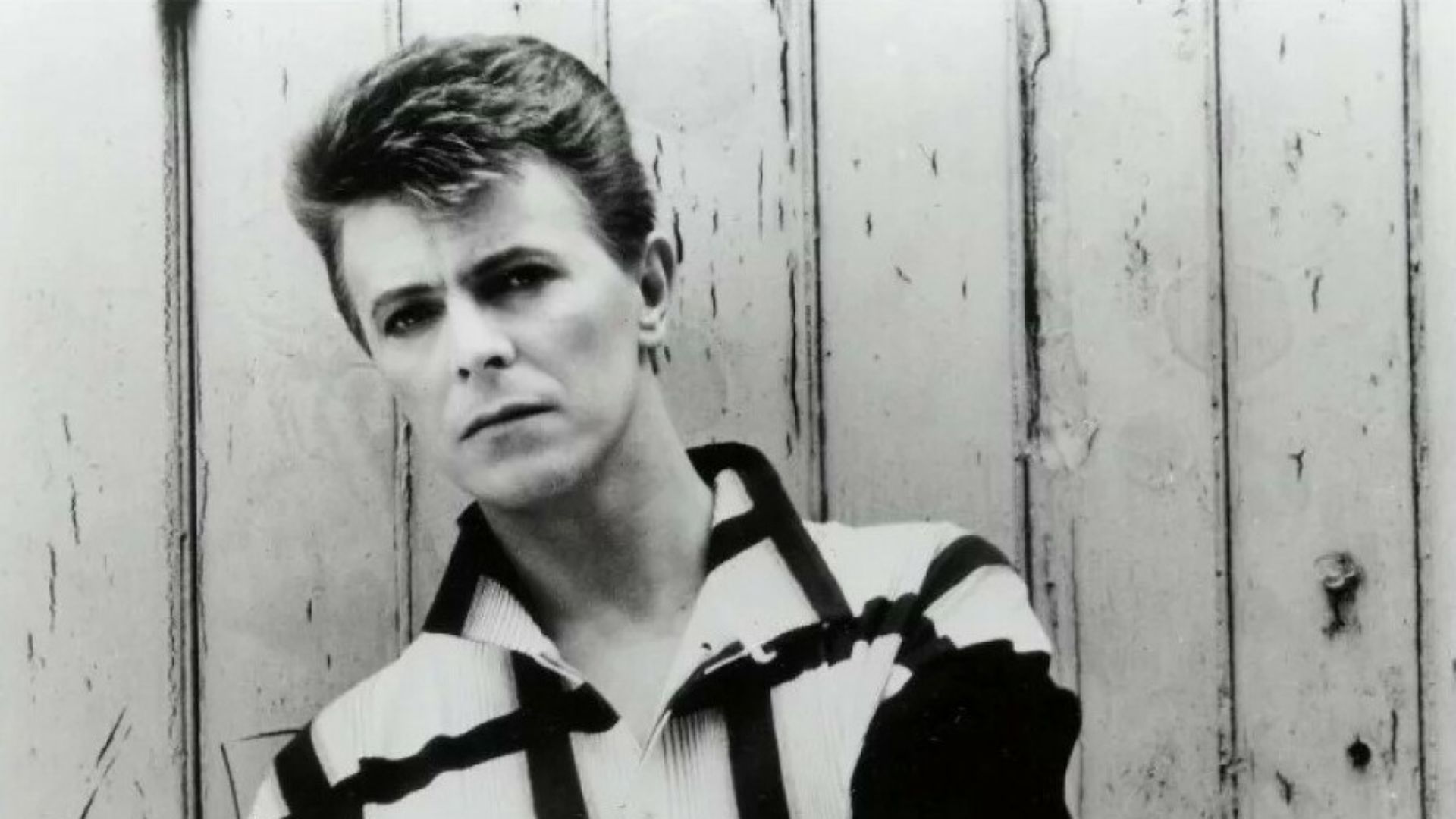 Distributed by EMI America, Wikimedia Commons
Distributed by EMI America, Wikimedia Commons
31. He Inspired A Star Trek Character
As the frontman of The Monkees, Jones became such a sensation that he paved the path to stardom for other aspiring actors and musicians. His shaggy haircut and boyish charm were so iconic that Star Trek producers reportedly cast Walter Koenig as Chekov just to mimic Jones’ look and attract younger viewers.
His wild success was, however, coming to an end.
 Mr. Chekov Actor Walter Koenig Reveals If He’d Return To Star Trek, On The InSide
Mr. Chekov Actor Walter Koenig Reveals If He’d Return To Star Trek, On The InSide
32. He Got His Head In The Game
After their show wrapped in 1968, The Monkees didn’t just climb up a tree and swing from their tails. They starred in a wild, satirical film called Head, co-written by none other than Jack Nicholson. The psychedelic romp was as weird as it sounds, but it was a huge hit with audiences.
However, it would come at a great cost for Jones.
 Head (1968) Trailer | Peter Tork, Davy Jones, Micky Dolenz, Michael Nesmith Movie, Movie Trailers
Head (1968) Trailer | Peter Tork, Davy Jones, Micky Dolenz, Michael Nesmith Movie, Movie Trailers
33. He Walked Off Set
When the Monkees learned that their producers wouldn’t give them credit or creative control for Head, they weren’t having it. Jones, Dolenz, and Nesmith staged a one-day walkout, leaving poor Peter Tork to show up to an empty set. The protest created an irreparable rift in the band.
 Michael Ochs Archives, Getty Images
Michael Ochs Archives, Getty Images
34. He Fought For His Fair Share
After their brief strike, the boys returned to work—with one condition. The studio had to up their percentage share of the film’s profits. While they got the raise, the walkout left lasting tension with the producers and ultimately severed their working relationship. Without the producers that put them together, it was only a matter of time before they fell apart.
35. He Changed The Channel
By 1970, The Monkees had officially disbanded. Tork and Nesmith bailed first, leaving Jones and Dolenz to record one final, sugary-sweet album called Changes. However, Jones knew that something had changed, and distanced himself from the “bubblegum pop” album.
 Michael Ochs Archives, Getty Images
Michael Ochs Archives, Getty Images
36. He Felt Duped
Reflecting on Changes, Jones didn’t mince words. In the liner notes of the 1994 re-release, he confessed that he and Dolenz had essentially been duped into recording what he called “an Andy Kim album” under The Monkees name. It wouldn’t be the last time a studio threw a banana peel in his path.
 Evening Standard, Getty Images
Evening Standard, Getty Images
37. He Got Roped Into A Raw Deal
Hoping to go solo, Jones signed with Bell Records in 1971. But the contract tied his hands. He had no say over his songs or his producer, and the result was a string of uninspired records that even his most ardent fans struggled to love. Still, he had something everyone wanted.
38. He Charted With A Rainy Tune
Despite his floundering solo career, Jones managed to have his moments. His second solo album featured the wistful track “Rainy Jane” which climbed all the way to #52 on the Billboard charts. It wasn’t exactly the heights he had climbed to with The Monkees, but it was a start. Or possibly a premature end.
 Davy Jones Sings Rainy Jane on The Roger Whittaker Show, raremonkees
Davy Jones Sings Rainy Jane on The Roger Whittaker Show, raremonkees
39. He Had Talent—But No Direction
Despite his fame and talent, Jones floundered in his post-Monkees years. Music historian Glenn A Baker summed it up best: “[…]for an artist as versatile and confident as (Davy) Jones, the relative failure of his post-Monkees activities is puzzling. For all his [confident] predictions to the press about his future plans, Davy fell into a directionless heap when left to his own devices”.
Little did anyone know, he would find his way back to the top no matter what.
40. He Found His Way Back To The Stage
When the studio lights faded, Jones returned to his roots: the theater. In 1977, he reunited with Micky Dolenz in a musical production of The Point! in London, where he starred as Oblio. While the West End didn’t offer him the same audiences as TV, the spotlight shone just as brightly.
 Micky Dolenz & Davy Jones - Promoting Nilsson's The Point, thecatkeaton
Micky Dolenz & Davy Jones - Promoting Nilsson's The Point, thecatkeaton
41. He Had Chemistry
Back on the stage where it all began, Jones rekindled his passion for performing—and it showed. His chemistry with Dolenz in The Point! was so bananas that producers expanded the show’s comedic elements just for them. They even added two songs—one sung by Jones himself—to make the most of their Monkees.
Turns out, the world was still bananas for them!
 Micky Dolenz & Davy Jones - Promoting Nilsson's The Point, thecatkeaton
Micky Dolenz & Davy Jones - Promoting Nilsson's The Point, thecatkeaton
42. He Almost Brought The Show Back
Even years after it ended, The Monkees was such a hit that producers planned a revival in 1979. But, by that time, the production costs had ballooned and the producers had to scrap the reboot. Instead, Jones returned to another one of his early successes: Oliver! He reprised the role of Artful Dodger one last time and dazzled audiences.
But The Monkees weren’t done yet.
43. He Rode A Wave Of Monkeemania
When MTV aired a marathon of The Monkees in 1986, it introduced Jones and his bandmates to a whole new generation and sparked a wave of nostalgia for their adult fans. Suddenly, teenage girls from the '60s (now full-grown women) and their daughters were screaming for Jones all over again. Monkeemania was officially back.
44. He Got The Band Back Together
The wave of renewed fame swept Jones, Dolenz, and Tork into a reunion tour that ran from 1986 to 1989. As they celebrated their 20th anniversary, Monkees fans couldn’t get enough of their classic hits—or the cheeky antics that made the band beloved in the first place.
Jones, however, might have had enough.
45. He Missed The Hit
Jones had found a life for himself after the success of The Monkees and he seemed reluctant to give it up. So, when the band released their comeback single, “That Was Then, This Is Now”, Jones didn’t feature in it. Nevertheless, he didn’t disappoint fans, joining his band for the album Pool It! But, when the record didn’t exactly cannonball onto the charts, Jones went back to his true passion.
 The Monkees - That Was Then, This Is Now, The Monkees
The Monkees - That Was Then, This Is Now, The Monkees
46. He Galloped To Victory
Though showbiz paid the bills, Jones never let go of his first love: horses. Throughout his singing and acting career, he held an amateur jockey’s license and raced professionally. In 1996, he even won his first race riding Digpast. He still had one life goal left unchecked, however.
 Adam Butler - PA Images, Getty Images
Adam Butler - PA Images, Getty Images
47. He Kept Growing His Family Tree
Maintaining a personal life had always been a priority for Jones. So, when he married his second wife, Anita Pollinger, in 1981 he vowed to make it work. Together, the couple had two daughters and their marriage galloped along for 15 years. Unfortunately, it ended during the Monkees' 30th anniversary reunion tour.
But Jones hadn’t given up hope on finding married bliss quiet yet.
48. He Tried Again—Briefly
Jones took another trot down the aisle in 2009, marrying Jessica Pacheco. But just two years later, the couple seemed to be on the rocks when Pacheco filed for divorce. However, just one month later, she withdrew the divorce application and the couple remained together until Jones’ passing.
Still, there seemed to be some bad blood between them.
49. He Left Her Out Of The Will
When Jones wrote his final will, he wasn’t yet married to Pacheco and, naturally, didn’t include her. However, when he passed, this became an issue. His eldest daughter took over the execution of his will, successfully petitioning the court to seal the will and protect Jones’ financial legacy and artistic rights. Perhaps from Pacheco herself.
50. He Spent His Last Morning In The Saddle
On February 29, 2012, Jones was doing what he loved most: tending to his 14 horses. He rode his favorite one around the track, and chatted cheerfully with ranch hands. It was a peaceful morning and exactly how Jones would have wanted to spend his final moments. Even if he didn’t know they were his last.
51. He Took His Final Bow Quietly
Just after 8 in the morning, after spending time with his horses, Jones was found unconscious in his car. He had suffered a heart attack. Despite paramedics' efforts, the curtain closed on his life at a hospital in Stuart, Florida. He was 66. But there was still time for monkey business.
52. He Got A Curtain Call From His Friends
Though the surviving Monkees didn’t attend Jones’ private funeral to protect his family’s privacy, they honored him in their own way. They arranged for a public memorial service in New York, close to the Broadway stages that he had loved so dearly.
You May Also Like:
Rock's Greatest Recluse
Cole Porter, The Singer With A Secret
Joni Mitchell, The Queen Of Singer-Songwriters

